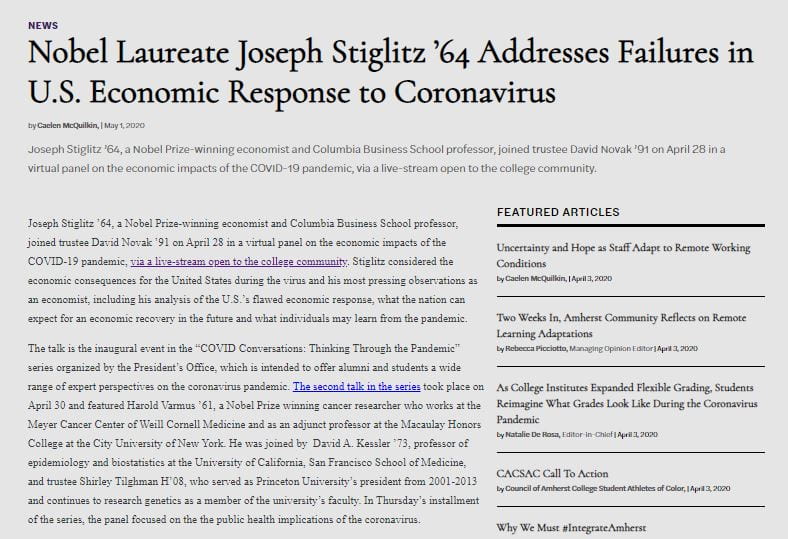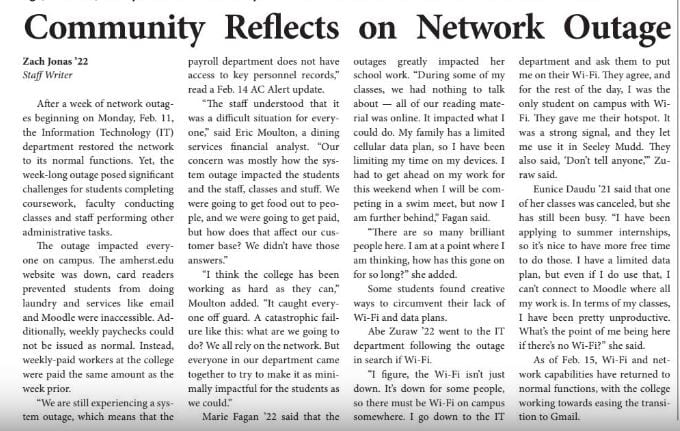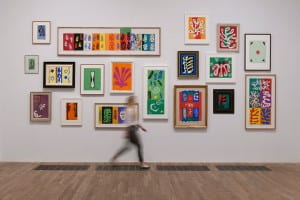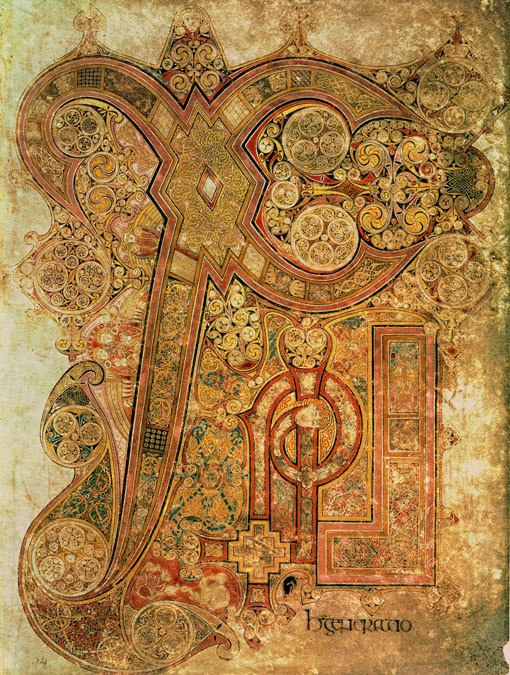Haoran Tong, Digital Scholarship Summer Fellow 2020
What’s great about analyzing disaster? Certainly a disagreeable and perhaps dismissable topic to most members of the society, disaster has not garnered the amount of attention it deserves in “the peaceful times”. Take disaster as your distant relatives who exposed your “childhood wrongs” to your father. Understandably, we don’t want news about them to ruin our happiness. Correspondingly, conversations about them exhaust our memories about pain, loss, and cruelty. But every now and then, when their visit wreaks havoc in our house, we have to confront them, most likely alongside their unpleasant image of the past. So a question naturally arises: what do we do before their next visit?
“What do we do” is only a nanoscopic part of the questions digital humanists strive to answer. Nevertheless, it is receiving more and more attention. Recent writings concerning the purpose of digital humanities have readjusted their focus from “unearthing novel discoveries” to “answering to the societal need”. Digital humanists thus should stand at the front door, ready to interrogate the distant relatives so that the family can prepare better, respond sooner, and relieve easier. Is there a more pressing need than analyzing disasters? The pandemic has exposed a shocking lack of worldwide healthcare infrastructure and brutal negligence of vulnerable lives. Arrogance, coupled with race-class conflicts, enfolds America with an alarming rate of tragedies taking place household by household. The Covid-19 pandemic reveals lingering problems in not only the healthcare sector but also human conditions in general. Hence, it proves the societal need for the study of disaster, through sciences and humanities.

Yet we deem disaster the focus of our research not because it is a timely topic to exploit. Precisely on the opposite, we find disaster’s gravity and urgency in its timelessness. For too many times, we have had similar responses– physical and psychological– to an archetype of disasters. For too many times, still, we fear that we haven’t learned from lessons taught by disasters at the expense of disruption and death. The fear is unfortunately valid. However, when we discredit authorities for their meager transparency and competency in dealing with disasters, we seldom reflect on the way disasters have been portrayed in the wake of its troubling waves. People haven’t learned the lesson because researchers haven’t presented the materials correctly (as in the best form to serve the public interest). The want of the audience speaks to the mismatch between our interpretation and objective reality. The purpose of the DH researchers is to craft a comprehensive narrative of disasters through texts and data, across time and place.
Disaster, wide in scope and varied in scale, remains notoriously challenging to describe. What one considers to be catastrophic might not mean a thing from another’s perspective. What causes disasters — natural or human-made– challenges the way we categorize disasters. Disasters’ impacts vary; their strengths differ. Furthermore, this is not a question about disaster only. It is about disaster AND Amherst College. Sophisticated in its demographic composition, the college sustains a community whose unified interests and ideals on education oftentimes shadow its diverse personal backgrounds and priorities. First-hand experience: when the college released its plan to remote learning in the spring, I lingered on the quad contemplating my worrisome stay in the US, while party music had already kickstarted celebration in the distant dorms. Such stark contrast in the reception of disaster has bifold implications: one, the same disaster impacts individuals in different intensities and ways; two, people respond to disasters differently.

There is no consensus on what disasters constitute, not to mention its scope of influence on different groups of peoples who altogether make up this unique college community. These “no”s are the sources of my curiosity. Through various sources of student publications, we are able to systematically trace different emotional and logical footprints to analyze personal and institutional choices. What tools can we use to reveal a disaster’s geo-temporal characteristics? Progress in-text analytical tools e.g. Voyant hopefully provide a lexicon-driven framework for the exploration of such consensus or the lack thereof. Using Voyant, we identify, cross-compare, and cluster keywords in the college administrator’s announcements and student publications about multiple disasters. In particular, we research the different choices of descriptive words from their respective perspectives, posing a question on the varying levels of intensity in which disasters may have impacted their lives.
Hopefully, by the end of the next week, we will have some of the answers and some more questions. So, what’s great about analyzing disaster? That we are able to see something new when the entire world looks at it. So that when the world stops looking at it, we help the world see it.




